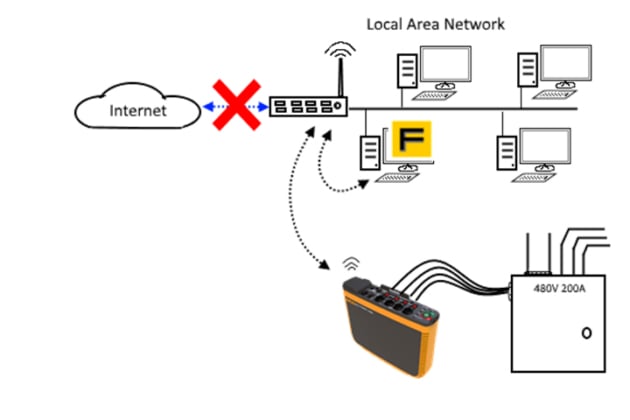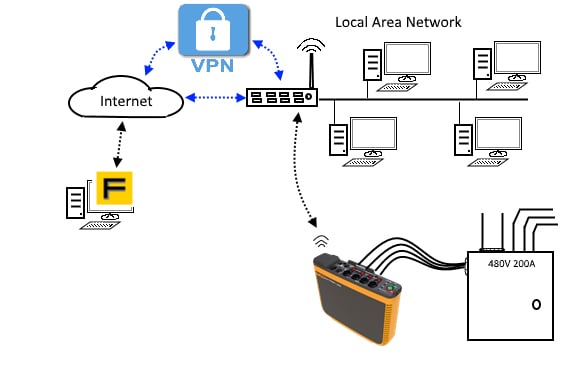Power Quality loggers are often placed in the field for long periods, so most don’t have a display. Besides attracting attention and so increasing the chance of theft, a display is simply not needed as you don’t normally use a logger for troubleshooting. Successful analysis is therefore all about gathering data.
Somehow, you need to communicate with the logger. You need to tell it what and how to measure, and then download the data. With no display, a logger’s communication links are critical, and you should therefore look carefully at capabilities. What kind of network is available, and what options (e.g. network security) do you have?
Communication needs can only increase
This need for communication can only increase: out there in the ‘field’ the more options you have, the more flexible and efficient you are. You never know when you’ll need to connect and in what kind of environment that will be. For instance:
- where will I have to set up the unit?
- can I check the connection is correct?
- can I make a quick check on the measurement, and where can I take it from?
- or do I just simply want to download the data?
‘Time is money’, and being out there in the field trying to collect power quality data can be time consuming! So, you want fast and efficient instrument set-up and data download. Remote links also minimize your time in potentially hazardous environments and reduce the hassle of suiting up in PPE.
Multiple methods of remote communication are therefore one of the most important aspects to consider when purchasing a power quality logger. Our Fluke 1740 series Power Quality Loggers allows these remote links:
- WIFI (point-to-point or infrastructure)
- Ethernet (LAN or point-to-point)
- USB (stick or cable)
- or even mobile phone if no network is available.
With a wireless link to an internal LAN router (Example 1), you analyze the data from a computer on the LAN.
 Remote access within internal local area network
Remote access within internal local area networkYou can alternatively connect to the web securely across a Virtual Private Network (Example 2) to analyze from a remote computer.
 Example 2: Remote access from outside local area network via internet
Example 2: Remote access from outside local area network via internetOr you can read data remotely using your mobile phone (Example 3) over a cellular network.
 Example 3: Remote access over cellular network (No VPN or LAN Access)
Example 3: Remote access over cellular network (No VPN or LAN Access)In my opinion, a power quality logger offering you multiple ways of remote communication is one of the most important aspects to consider and check when purchasing one. Is this aspect also important for you?